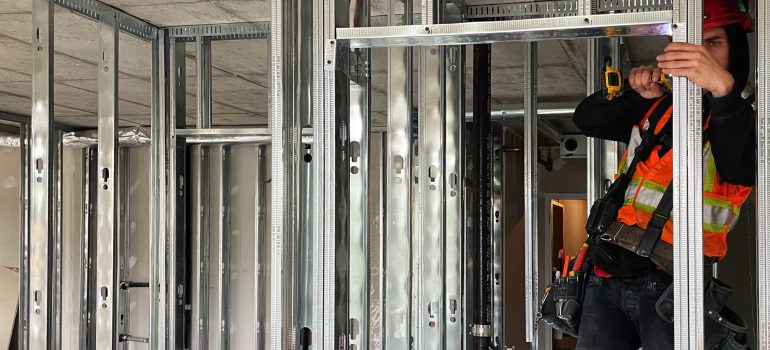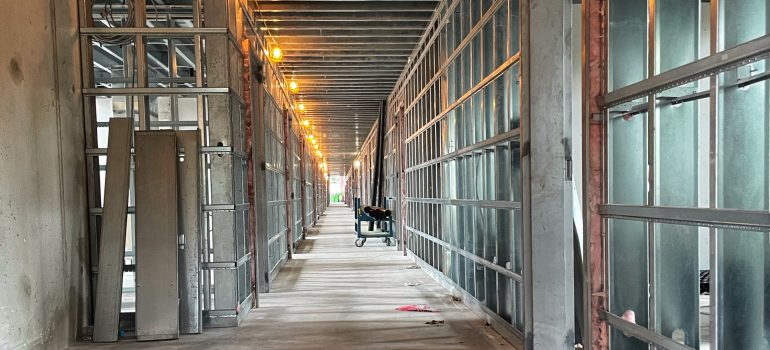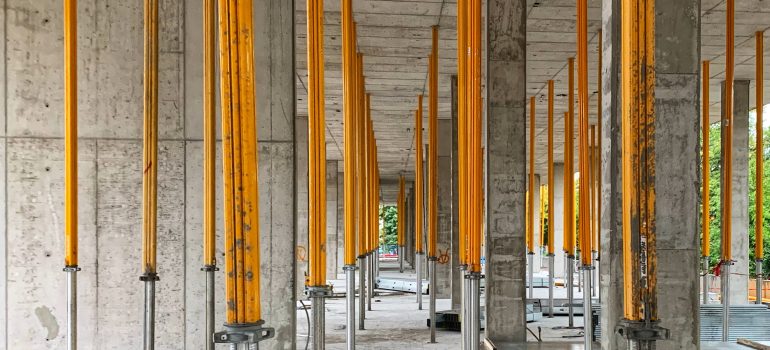Structural Construction Services: 7 Tips for Hiring a Professional
Construction services are essential to the build process of any project. They can be a tricky hiring decision, however, as there are many different types of services and specialties that you need to keep in mind when interviewing potential candidates. From architects to general contractors, there are many moving parts to the construction services hiring process. Read on for advice about how to hire the right structural construction services for your project. There are several points you should consider before you start looking for structural construction services . Doing so will not only make it easier for you to find partners but also increase the likelihood that your new partners will deliver an exceptional service from day one. Here are seven tips for hiring the right structural services firm:
Ask for Referrals
The best way to find a contractor that you can trust is to ask for referrals from people you trust. If you have friends or colleagues who have used construction services in the past, ask them who they used and if they would recommend their contractor. If you are looking to hire structural construction services general contractors, you can ask your project manager or architect for recommendations. When you are looking for an architect, a general contractor, or a subcontractor, you can ask other architects, general contractors, or subcontractors who they would recommend. When asking for referrals, make sure you ask the right questions so that you are getting the most useful information. First, make sure you ask whether they would recommend the contractor. It is not helpful to recommend someone who would not be able to do the job well. Next, make sure you ask about their experience working with the contractor. You want to know if the contractor is prompt, professional, courteous, and clean.
Assess Licensing and Certification
Most industries require contractors to be licensed and/or certified. While there are many types of licenses and certifications for contractors, there are two that can be critical for structural construction projects: contractor’s licenses and engineering degrees. Contractor’s licenses are required for general contractor services. Most states require you to hire an architect for certain types of projects. Assessing the licensure and certification of contractors is essential for several reasons. First, it will help you verify that your contractor is qualified to do the work. Second, it will tell you the minimum requirements for your project if the contractor does not have the required qualifications. Third, it will help you determine if your contractor has any disciplinary actions against him or her. It is important to check licensure and certification, even if your contractor has worked with you on previous projects. Times change, business practices change, and different projects require different skills.
Look At Past Work
One of the best ways to determine if a structural construction contractor is right for your project is to look at past work. While you shouldn’t base your decision solely on the work that a contractor has done in the past, it is an important part of the hiring process. Most contractors will be able to show you pictures or videos of projects they have worked on in the past. You should hire a contractor who has experience that matches your project. You don’t want to hire a contractor who specializes in residential projects if you are on a commercial job.
Check Out the Company’s Track Record
Another way to determine if a structural construction contractor is right for your project is to see what previous clients think of them. The best way to do this is to look at online reviews. Contractors should be able to show you reviews from past clients. If you can’t find reviews online, you can ask the contractor to provide you with copies of their BBB report, client references, and/or a list of their certifications and licenses. You should hire a contractor who has positive reviews from past clients. You can use reviews to determine if a contractor has a pattern of failing to meet deadlines or finishing projects late, if they are overcharging clients, or if they have other consistent issues in their business practices.
Be Clear About What You Want to Be Built
This may seem obvious, but you need to be clear about the project you want to be built. Often, there is confusion about the scope of a project. Be sure you understand everything that your project entails. This will help you make sure that you are hiring the right structural construction contractors for your project. You can do this by creating a detailed scope of work that outlines the project in its entirety. You can also use a project management software to track the different stages of your project. This will help you keep tabs on your project and make sure that everyone involved is on the same page.
Don’t Hire Based Only on Price
Not hiring a contractor based only on price will help you avoid the contractor who is too cheap to be true. You should hire the contractor who can do the best job according to the quality level you want. If you want a quality product, don’t hire the contractor who can do the job cheaply. If a contractor offers only the cheapest price and can’t provide references, it is a red flag. You want to hire a contractor who meets your requirements and is willing to do the job at the level you want it done. If a contractor only offers the cheapest price, they may be cutting corners or hiring subcontractors who don’t have their best interests in mind. Hiring contractors based only on price is a common hiring mistake. You want to be able to work with your contractor for the long run, so don’t hire someone who you won’t be able to work with in the future.
Conclusion
Construction services are essential to the build process of any project. When hiring structural services, it is important to keep in mind the many different types of services and specialties that you need to hire. When hiring structural services, you should consider how long the contractor has been in business, their license and certification, the contractor’s track record, and whether or not they are clear on the project you want to be built.
Contact RGZ Cambridge today for all your structural construction needs: We are industry leaders in Commercial and Residential projects. Call us today: 613-695-5544 or reach us via this page.





